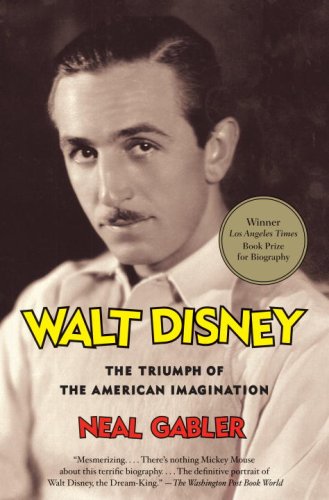From the late 1920′s to the early 1940′s, Walt Disney did something revolutionary every other year or so. Sound. Color. Feature films. Stereo. Characters you could empathize with. People would watch The Skeleton Dance (1929) or Three Little Pigs (1933) and have their minds blown.
Disney’s ambitions were limitless, and for a few short years after Snow White (1937), his studio was the most creative place on earth, or at least in Hollywood. Pinocchio, Fantasia, Bambi, Dumbo was artistic history. Disney knew it, viewers knew it, everyone knew it.
Two wars ended the golden age. One with the Axis powers, which made Disney almost a branch of the government, and another with the unions, whose 1941 strike permanently destroyed the trust and shared sense of mission that made the earlier work possible. Young Walt was a cult leader, demanding but inspiring. Old Walt was Uncle Scrooge, an anti-communist who would randomly fire people just to keep everyone on their toes.
Even in the 40′s, Disney did weird and interesting things, such as Victory Through Air Power, but when they returned to real features in 1950, it was not as perfectionists on a holy mission, but as a corporation doing what the public expected of it.
Walt’s attention had shifted elsewhere, to television, and to Disneyland. Disneyland was not a merchandising opportunity, but a continuation of his vision from the earlier years. One last holy mission, before he ascended in 1966, and became a secular god – immortal and a little bit frightening. The god of human emotions, and of an eerily close substitute.
